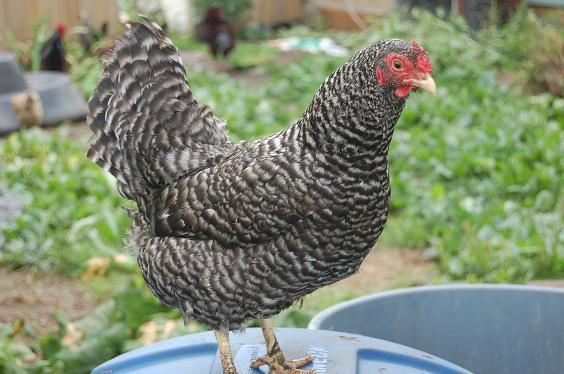- Thread starter
- #341
We have focused on the Americans. We have a few remaining to discuss. It will be absolutely essential to keep repeating the goal of the thread. Participation and discussion of SOP breeding challenges. This is not an online poultry show. Exhibitions that are posted for class room exhibition purposes. Impetus is generated when discussion and questions focus on the standard for the breed at hand and the challenges presented to those dedicated to breeding them.
It is time to move on to another American. Following them, we can perhaps take a look at the Continental, Mediterranean, Asiatic, the English, etc. Next up,
It is time to move on to another American. Following them, we can perhaps take a look at the Continental, Mediterranean, Asiatic, the English, etc. Next up,
The Dominique
Last edited:





